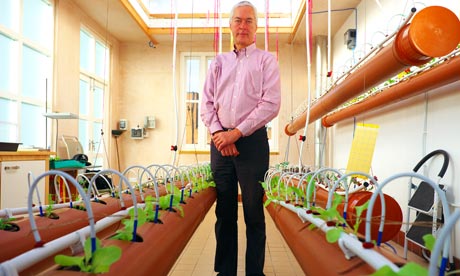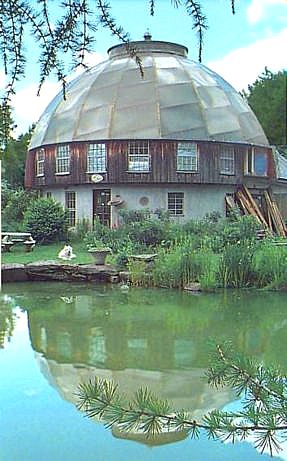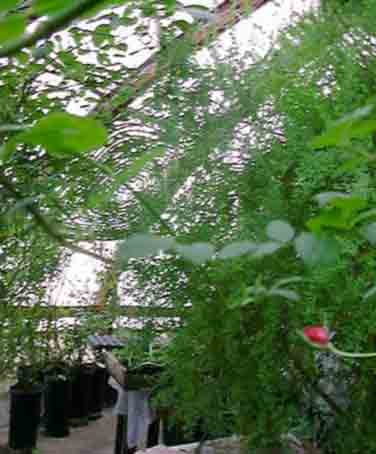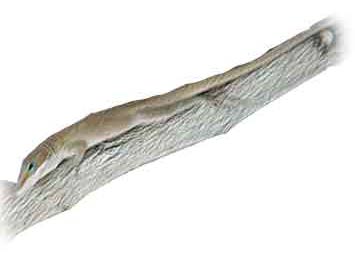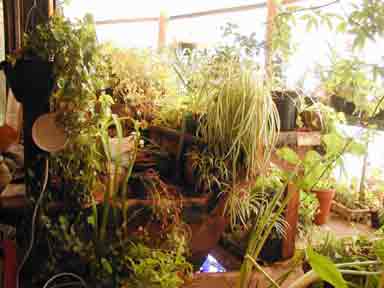But the flurry of activity is raising environmental concerns at both ends of the supply chain, and British Columbians may soon want to put the brakes on what is starting to look like a runaway coal train.
Environmental groups are opposed to the port plans, not just because of increased rail traffic and coal dust locally, but because of the impact the product will have on climate change when it is burned in Asia.
Kevin Washbrook, director of Voters Taking Action on Climate Change, warned that at our current rate of fossil-fuel use, the world could be six degrees warmer by the end of the century.
“If that happens, it will be no comfort to our children that Metro Vancouver’s port once did a thriving business exporting coal,” he said.
At the same time, there are serious worries emerging at the other end of B.C.’s coal transportation line, where the mineral is extracted from the ground.
Last week, two environmental groups challenged a proposal by Centermount Coal Ltd., to mine 40 million tons over 20 years in the Elk Valley, just north of the small town of Elkford.
Ryland Nelson of Wildsight said the project would have a cumulative environmental impact that just isn’t acceptable.
“It would be added to five existing coal mines, four mine-expansion proposals and three exploration projects in the Elk Valley. This is simply too much stress for this watershed,” he said.
“A new open-pit coal mine next to the Elk River is a crazy idea,” agreed Sarah Cox, a Sierra Club spokesperson. “The Elk River already has alarmingly high levels of selenium from existing coal mines.”
Selenium is a metal-like element that British Columbians will soon be hearing a lot more about. It naturally dissolves from coal into water and has been migrating at low levels into streams in B.C. for thousands of years.
But environmental scientists have identified it as a serious, emerging threat now, because mining activity has greatly increased the flow of selenium into water.
In the Elk River, selenium may have already reached a threshold point, beyond which the survivability of entire fish populations comes into doubt.
Teck, one of the biggest mine operators in the valley, has been keeping track of selenium levels downstream of its mines for years. And the company is concerned enough about current levels, that it is building an $80-million water-treatment plant at its Line Creek mine, which is being expanded.
“We realize selenium is a problem and we have taken ownership of it,” Teck’s project manager, Matthew Day, told the Mining & Exploration journal earlier this year.
The plant will cost $5-million a year just to operate – but the mine expansion simply couldn’t go ahead without it, because the Elk River can’t take any more selenium.
Researchers have been measuring selenium levels in the water in insects, fish and birds along the Elk River for more than 15 years. And they have found a troubling trend, which shows the pollutant increases along with mining activity. Selenium levels are 100 to 200 times higher downstream from coal mines.
In some studies, eggs taken from apparently healthy cutthroat trout collapsed when exposed to freshwater. Some hatched, but produced deformed fish.
The Elk River is one of the top sports-fishing streams in North America because it has large populations of apparently healthy West Slope cutthroat trout.
But Dennis Lemly, a U.S. Forest Service researcher, warned when he released a definitive study in 2002, that selenium poisoning can cause a catastrophic population collapse because it harms the eggs, not the adult fish. In effect, the bottom drops out of a population, and then when the adult fish die off, there is suddenly nothing left.
“Selenium poisoning in fish can be invisible for a time,” he stated. “Because there is no apparent fish kill, species can disappear before you can do anything about it.”
That’s the trouble with coal. At one end of the supply chain, it causes invisible water pollution. At the other end, it vanishes in smoke, adding to our climate-change woes.




